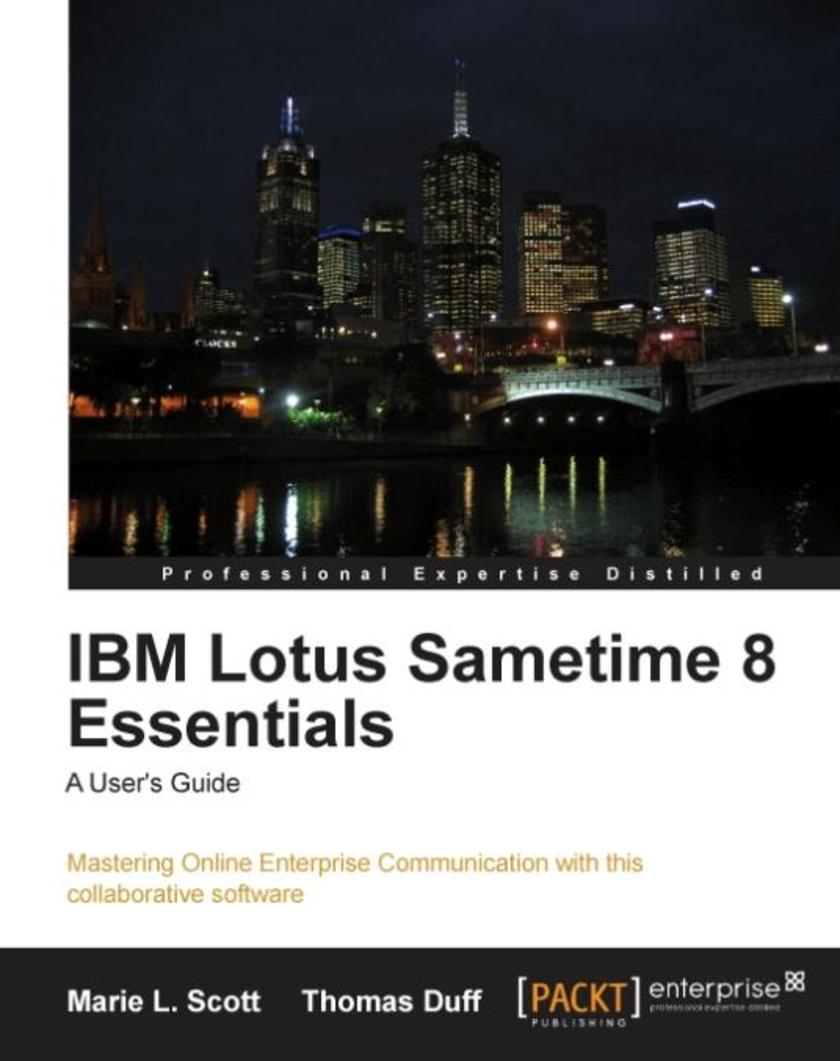
IBM Lotus Sametime 8 Essentials: A User's Guide
¥80.65
As a user, you will learn, using real-world scenarios and tasks, exactly how to use all the features of Sametime. Beginning with how to install Sametime, we've included step-by-step de*ions and screen prints for each topic area in a clear easy-to-follow format. Each chapter builds on what you learn in earlier chapters and guides you into using the more advanced features of Sametime, but if you only want to develop your skills in one particular area, each chapter acts as a stand-alone module. If you want to learn how to use IBM Lotus Sametime, then this book is for you. No matter if you're new to Sametime or want to become a Sametime power user, this book contains something for you. The focus is on using Sametime as a user and does not include information about development or administration of a Sametime environment; but any user of Sametime in an organization will be able to take this book, sit down at their computer, and learn how to use each feature of Sametime from start to finish.
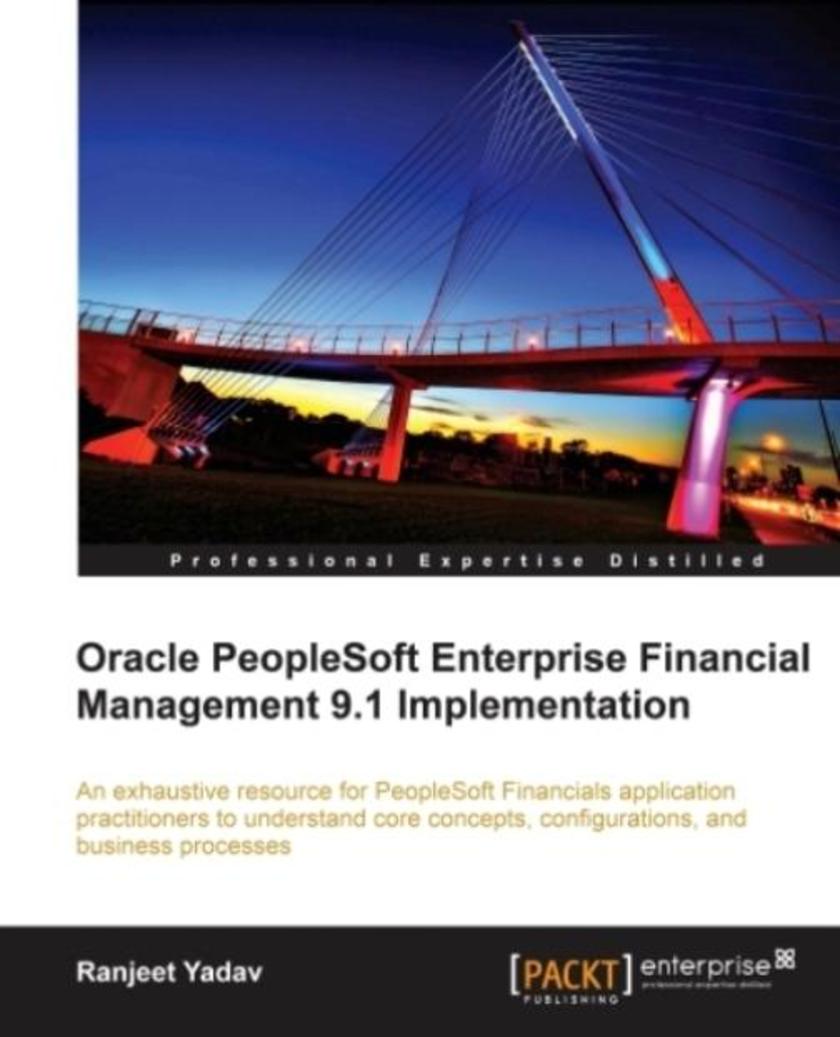
Oracle PeopleSoft Enterprise Financial Management 9.1 Implementation
¥99.18
This step-by-step tutorial will take you through Oracle PeopleSoft Financial Management 9.1 and show you how to implement it into your business. It is written in an easy-to-read style, with a strong emphasis on real-world, practical examples with step-by-step explanations. This book will establish a solid foundation for your efforts to become a successful PeopleSoft Financials practitioner. If you are a functional implementation analyst, a business analyst, or a business user who plans to start using PeopleSoft applications, this book is for you. Reading this book will equip you with the basic skills to configure and maintain PeopleSoft financial applications.
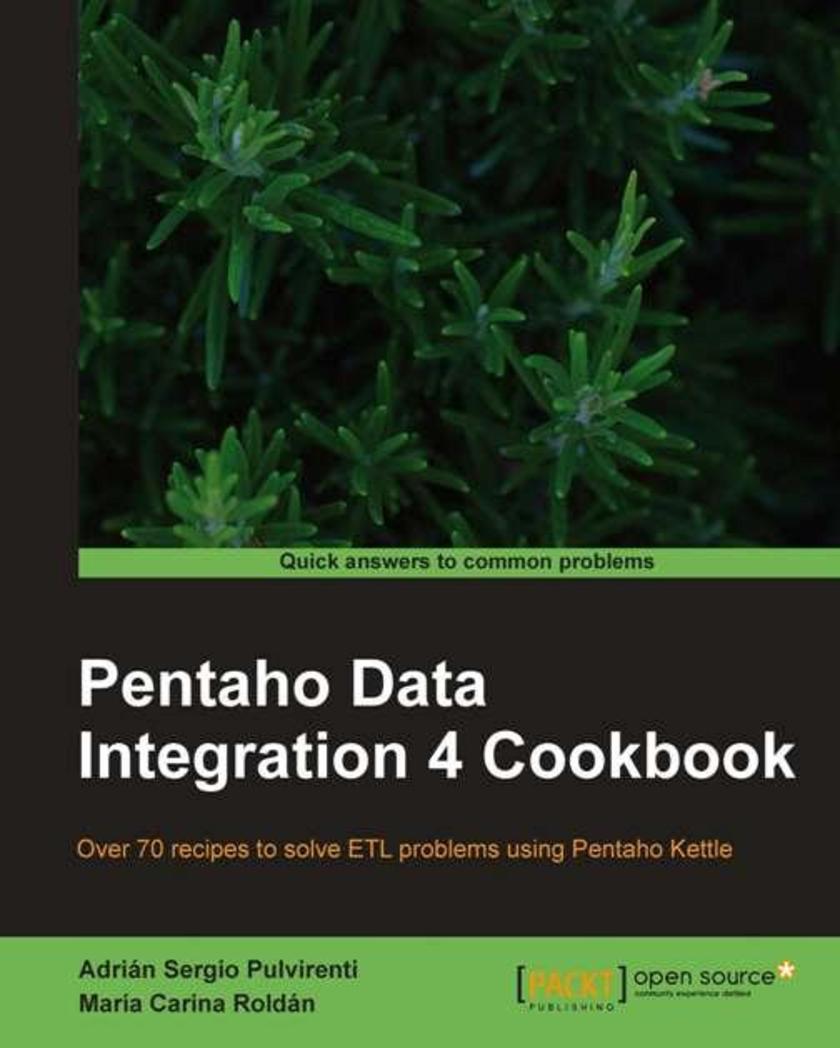
Pentaho Data Integration 4 Cookbook
¥80.65
This book has step-by-step instructions to solve data manipulation problems using PDI in the form of recipes. It has plenty of well-organized tips, screenshots, tables, and examples to aid quick and easy understanding. If you are a software developer or anyone involved or interested in developing ETL solutions, or in general, doing any kind of data manipulation, this book is for you. It does not cover PDI basics, SQL basics, or database concepts. You are expected to have a basic understanding of the PDI tool, SQL language, and databases.
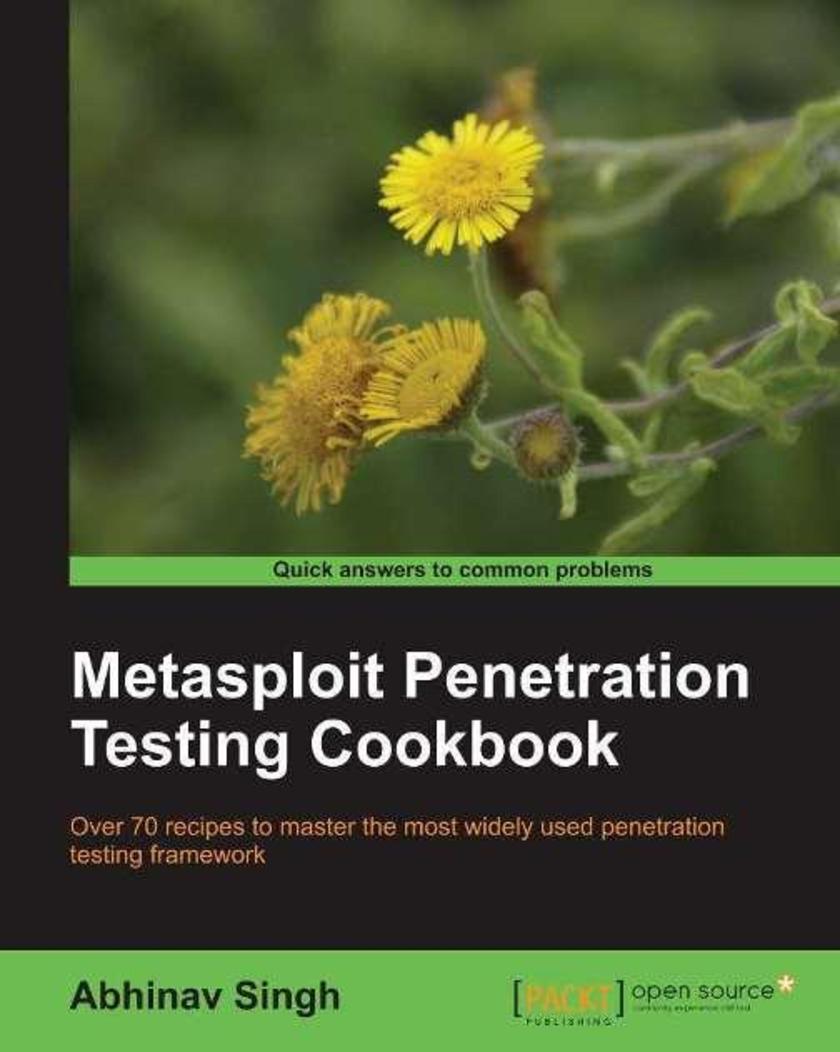
Metasploit Penetration Testing Cookbook
¥90.46
Over 80 recipes to master the most widely used penetration testing framework

Getting Started with Oracle Data Integrator 11g: A Hands-On Tutorial
¥107.90
Getting Started with Oracle Data Integrator 11g: A Hands-On Tutorial is a practical tutorial bursting with tips, illustrations and real-world best practices to get you on your way with ODI. If you are a software/ETL developer or database administrator who is new to Oracle Data Integrator but want to get hands-on with the product quickly, then Getting Started with Oracle Data Integrator 11g: A Hands-On Tutorial is for you. You should have some experience with databases, SQL and ETL technologies.
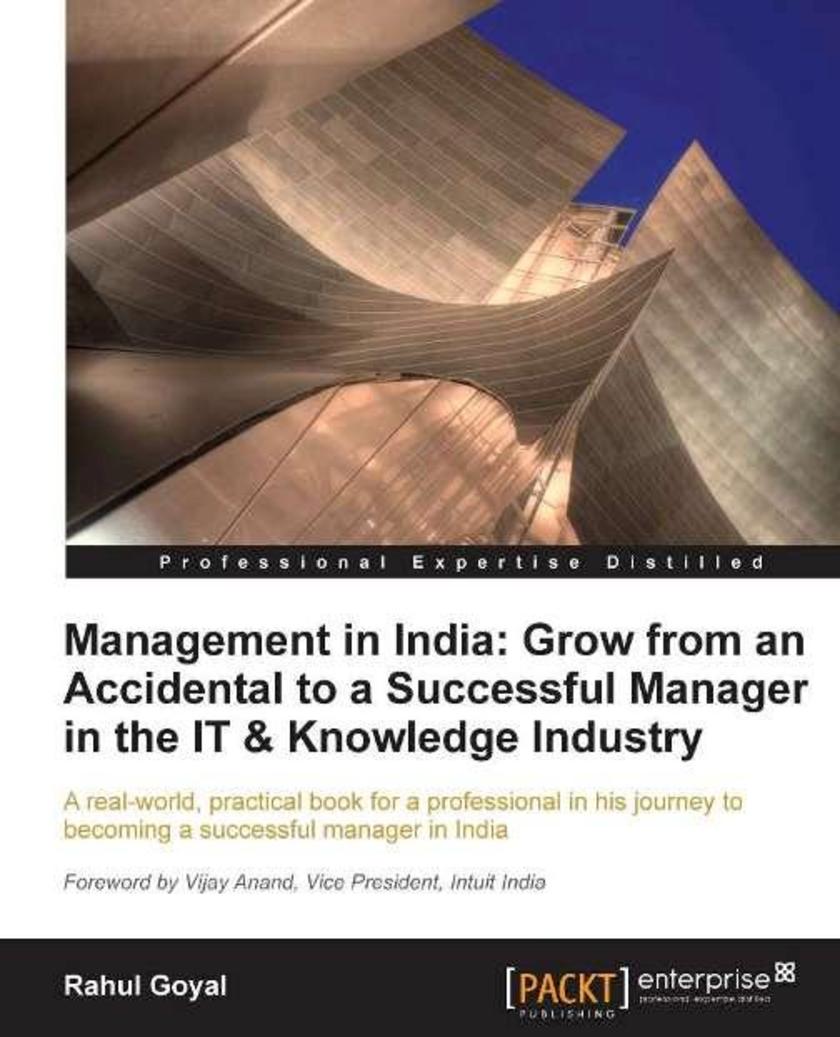
Management in India
¥71.93
This book focuses on the real-world understanding of management concepts so as to maximize learning. It focuses on the various aspects of management covering the common pitfalls and practical insights. Although it explains management frameworks using an Indian context and scenarios, these management principles remain the same across all sectors and so people from other sectors will also benefit from this book. MNCs who want to effectively manage employees of their Indian branches, New Managers, Aspiring managers, and soon-to-be managers, All managers who wish to be more effective by better understanding the management frameworks and how they apply to the Indian IT and ITes sectors – IT Product Development, Services, Backend processing, and BPO, Management principles remain the same across all sectors and so people from other sectors will also benefit from this book

Inkscape Beginner's Guide.
¥71.93
As part of Packt’s Beginner’s Guide series, each chapter covers an aspect of working with Inkscape, with plenty of screenshots and practical examples. This book is intended for beginning graphic and web designers who want to expand their graphic software expertise. General familiarity with a graphics program is recommended, but not required.
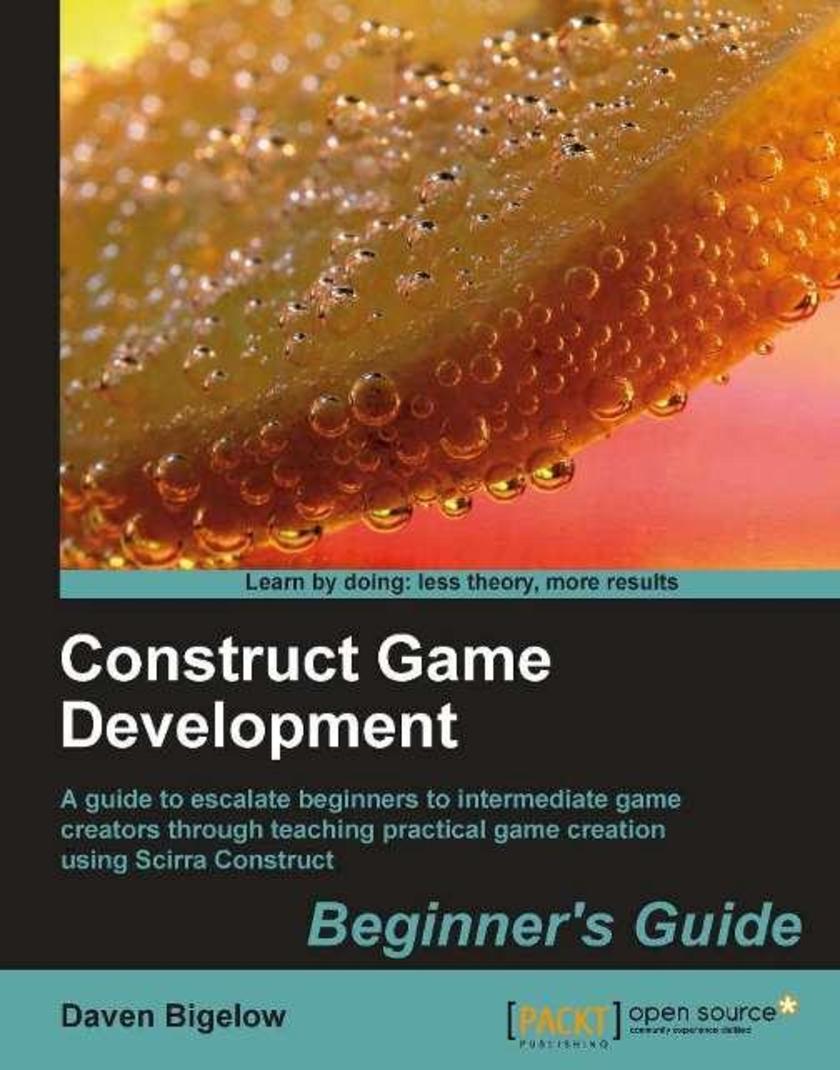
Construct Game Development: Beginner’s Guide
¥80.65
This is a beginner’s guide with plenty of screenshots and step-by-step instructions. Through three sample games, the reader will learn about practically creating games with Construct. If you have thought of making a game of your own, this book is for you. All you need to know is that you can and how to operate a computer!

Moodle 2 for Teaching 7-14 Year Olds Beginner’s Guide
¥80.65
This book is part of Packt's Beginner's Guide series. Written in a friendly tone, the book starts at the very beginning with a blank Moodle page and you are taken step by step through the most useful features of Moodle, helped with many illustrative screenshots. This book is for regular, non-technical teachers of pre-teen or early teenage children. It assumes no prior knowledge of Moodle and no particular expertise on the web. Classroom assistants may also find this book a very useful resource. We will assume that you have an installation of Moodle managed by somebody else, so you are responsible only for creating and delivering course content.
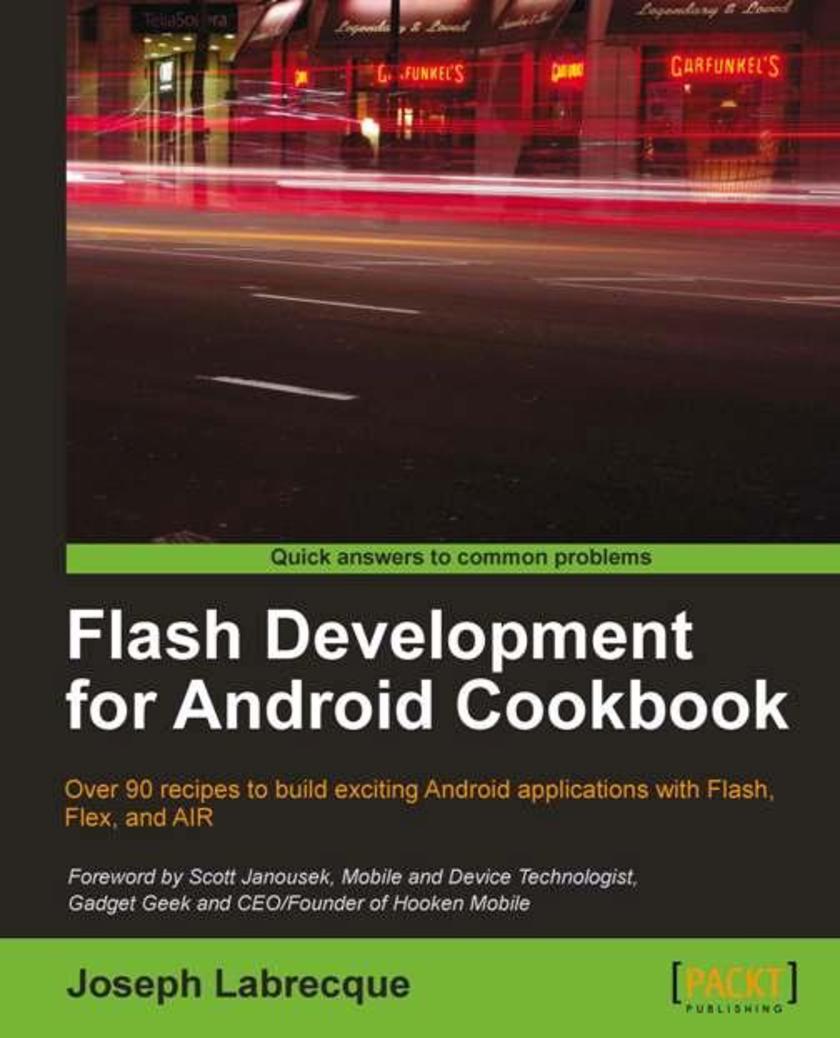
Flash Development for Android Cookbook
¥90.46
Written in cookbook style, this book offers solutions to all common Flash Android development problems through recipes. Each recipe contains step-by-step instructions followed by analysis of what was done in each task and other useful information. The book is designed so that you can read it chapter by chapter, or you can look at the list of recipes and refer to them in no particular order. This book contains recipes covering a variety of topics from the very simple to those that are more advanced. If you are a seasoned Flash developer, this book will get you quickly up to speed with what is possible with Android. For those who are new to Flash, welcome to the world of visually rich, rapid application development for mobile Android devices! If you have any interest in Flash development for Android, this book is for you.
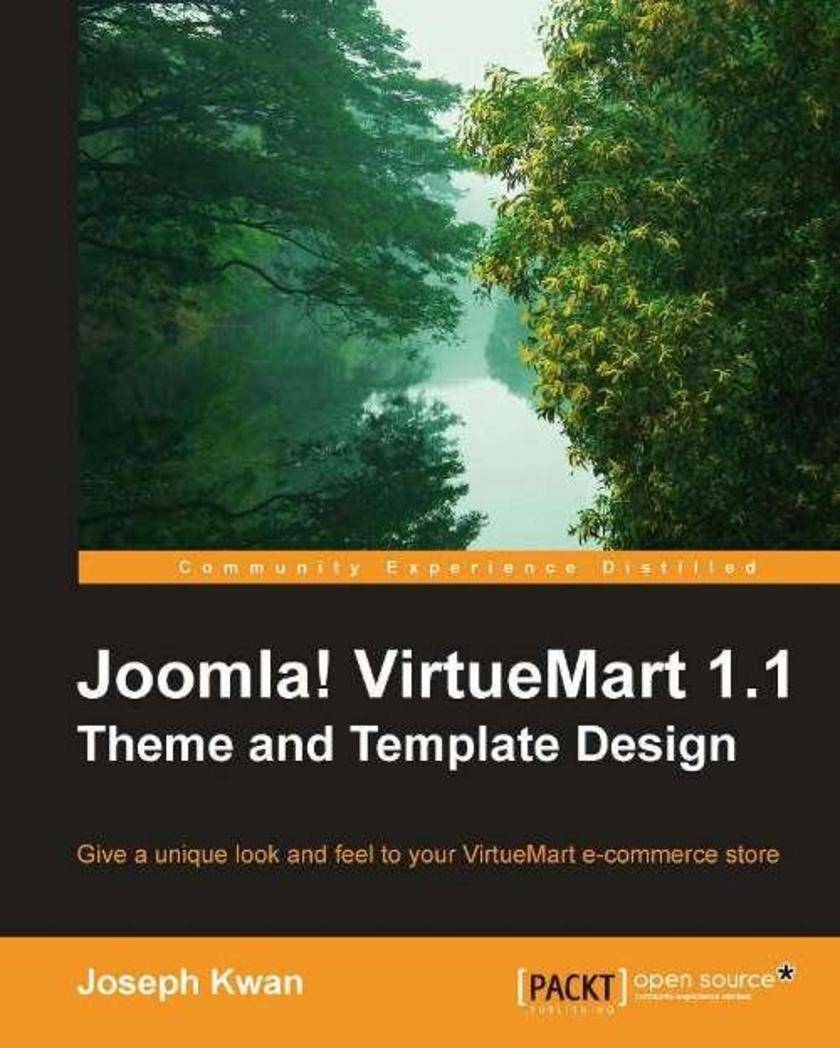
Joomla! Virtuemart 1.4 Theme and Template Design
¥80.65
This book is a step-by-step tutorial that will teach you to customize VirtueMart templates and themes. It includes all the essential screenshots and code with exhaustive explanations accompanied by exercises to ensure good pickup.You may be the owner of a Joomla! VirtueMart web store or a designer working with Joomla! VirtueMart. If you want to customize VirtueMart to unleash its enormous potential and elevate your store to the next level, this book is for you. You must have some experience with VirtueMart and understand its basic features. You also need to know HTML and should be comfortable taking up some challenges in PHP and JavaScript programming.
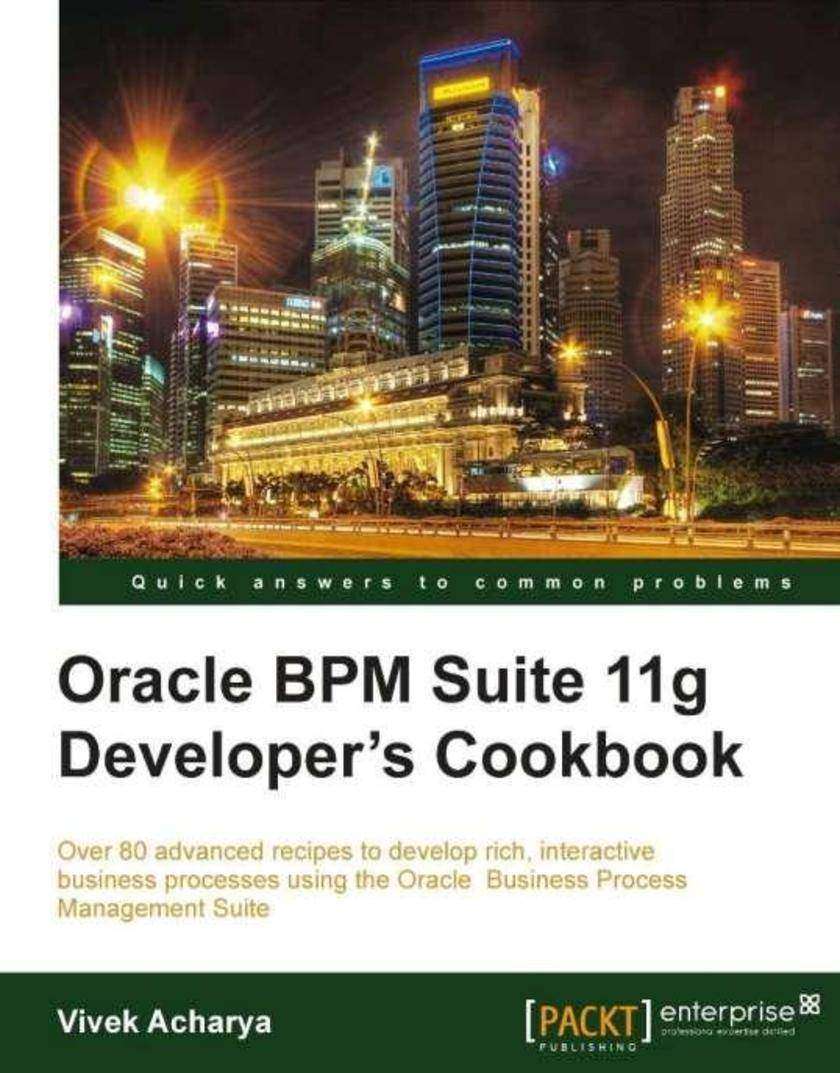
Oracle BPM Suite 11g Developer's cookbook
¥116.62
This book is written in simple, easy to understand format with lots of screenshots and step-by-step explanations. If you are a BPM developer, looking to develop robust BPM solutions without impediments, then this is the best guide for you. This book assumes that you have a fundamental knowledge of BPM.
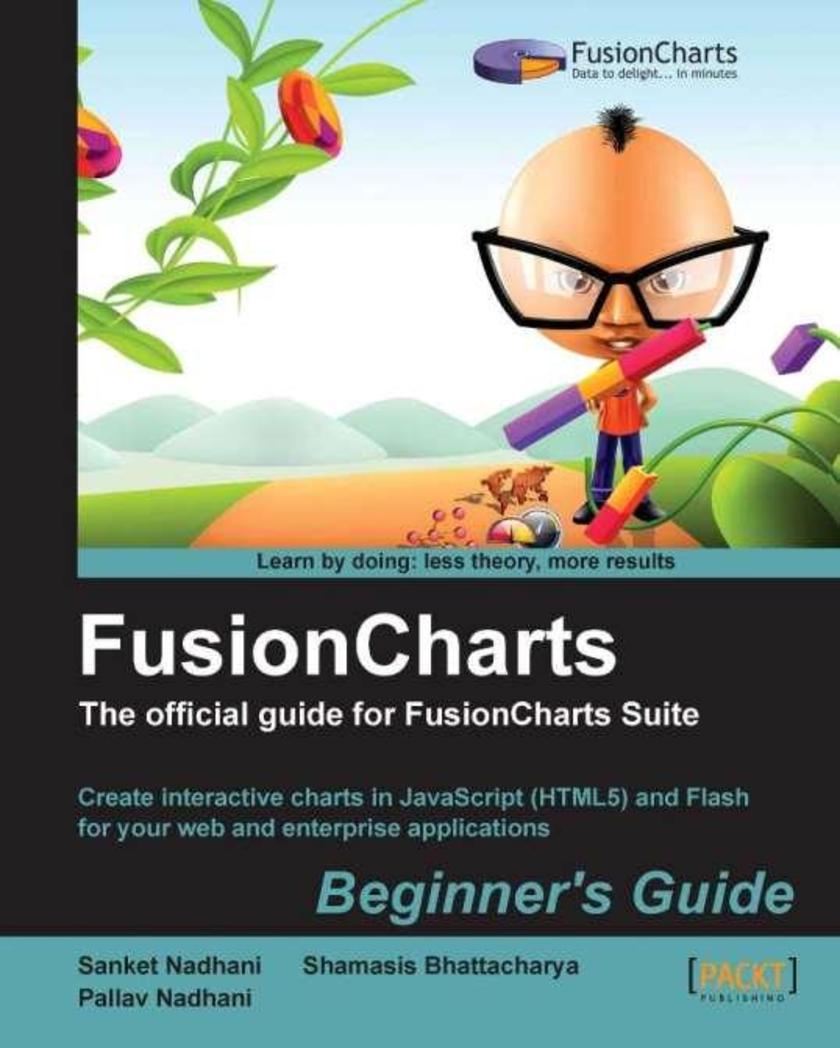
FusionCharts Beginner’s Guide: The Official Guide
¥80.65
The book is written as a practical, step-by-step guide to using FusionCharts Suite. The book not only teaches you the fundamentals and implementation of FusionCharts Suite, but also makes you the data visualization guru among your friends and colleagues by teaching how to select the right chart type and usability tips. Filled with examples, code samples and practical tips in a no-nonsense way, the book is a breeze to read.This book is both for beginners and advanced web developers who need to create interactive charts for their web applications. No previous knowledge of FusionCharts Suite is assumed, and the book takes you right from downloading it to creating complete reports and dashboards.
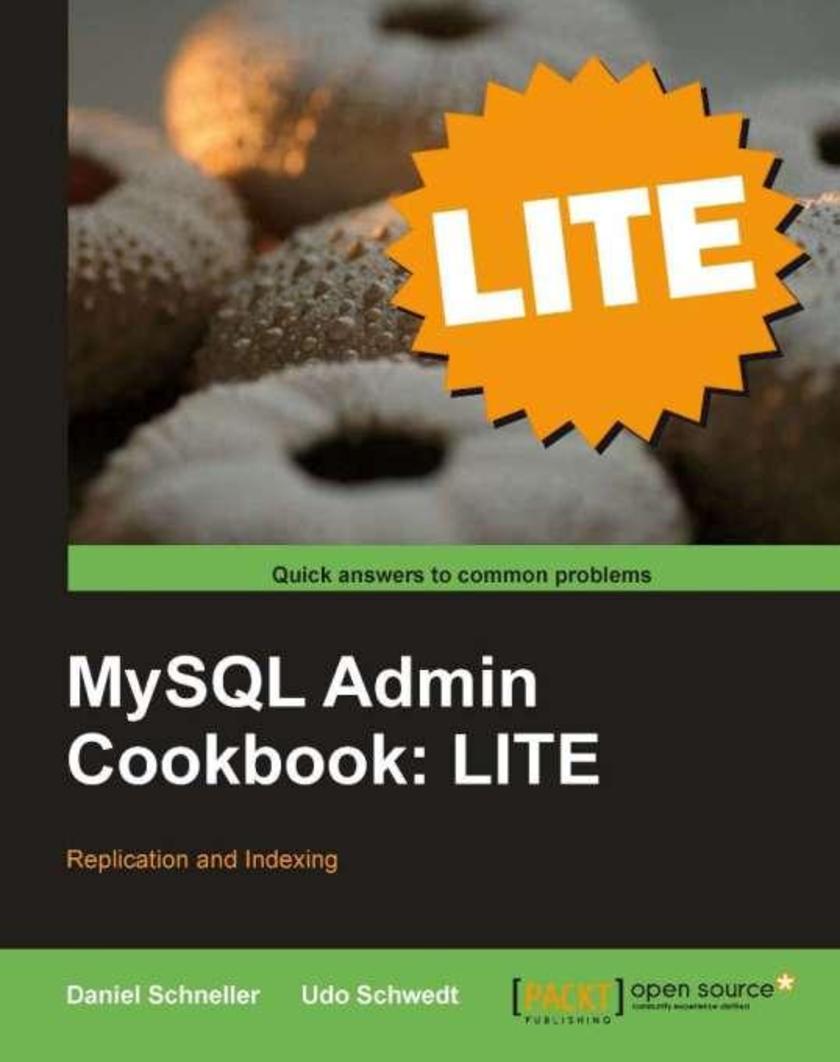
MySQL Admin Cookbook LITE: Configuration, Server Monitoring, Managing Users
¥35.96
"This book is for ambitious MySQL users as well as professional data center database administrators. Beginners as well as experienced administrators will benefit from this cookbook and get fresh ideas to improve their MySQL environments. Detailed background information will enable them to widen their MySQL horizon. It does not cover SQL basics, how to install MySQL servers, or how to design a relational database schema. Readers are expected to have a basic understanding of the SQL language and database concepts in general."
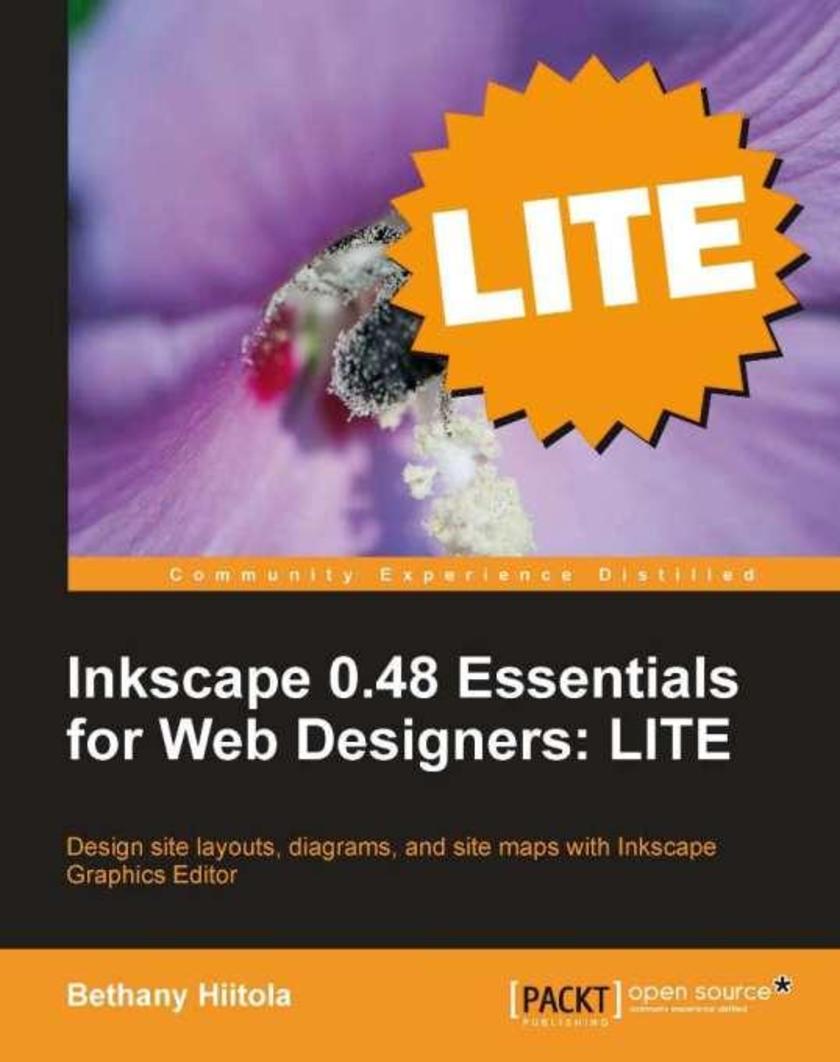
Inkscape 0.48 Essentials for Web Designers: LITE
¥35.96
This book is written for web designers who want to add attractive visual elements to their website. It assumes no previous knowledge of Inkscape. General familiarity with vector graphics programming is recommended but not required. It will also be a useful guide for experienced Inkscape users who want to learn how to apply their skills to website design.
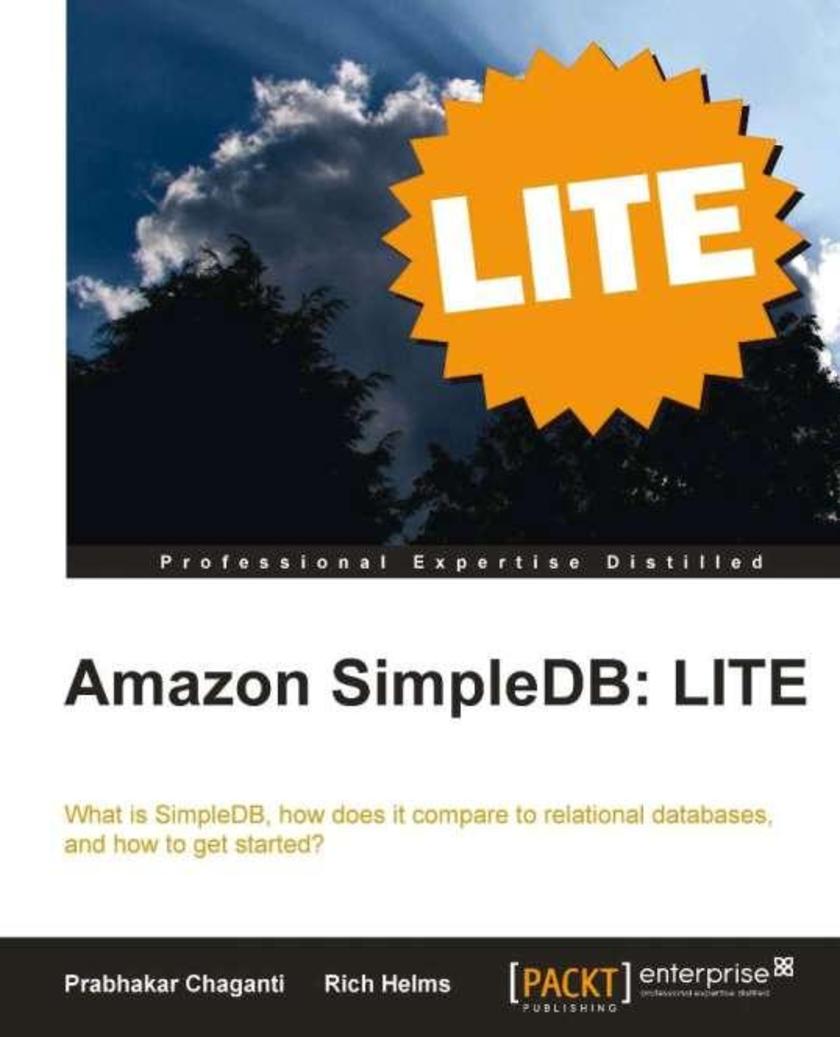
Amazon SimpleDB: LITE
¥35.96
If you are a developer wanting to get to grips with a primer into SimpleDB, then this book is for you. You do not need to know anything about SimpleDB to read and learn from this book, and no basic knowledge is strictly necessary.
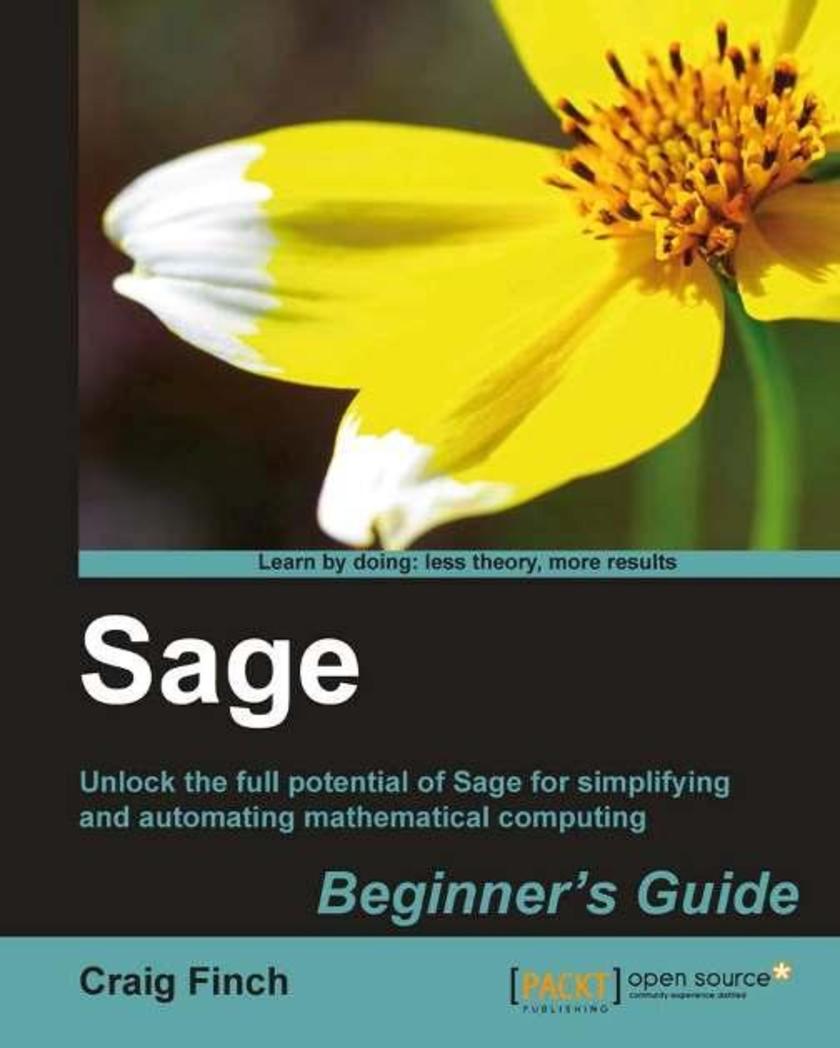
Sage Beginners Guide
¥90.46
This is a beginner's guide with clear step-by-step instructions, explanations, and advice. Each concept is illustrated with a complete example that you can use as a starting point for your own work. If you are an engineer, scientist, mathematician, or student, this book is for you. To get the most from Sage by using the Python programming language, we'll give you the basics of the language to get you started. For this, it will be helpful if you have some experience with basic programming concepts.
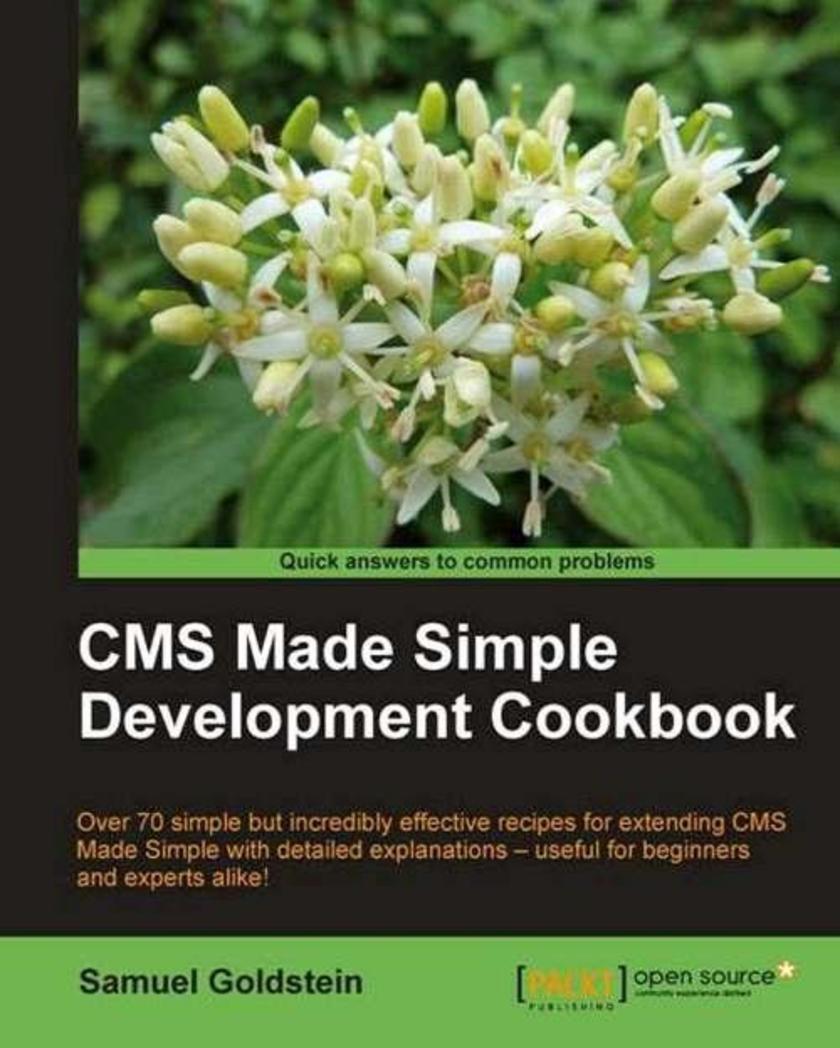
CMS Made Simple Development Cookbook
¥80.65
This is a cookbook, with practical recipes providing tips and tricks to the most common problems and scenarios faced with CMS Made Simple Development. If you are a CMS Made Simple user wanting to expand your skill set, or a programmer who wants to develop for CMS Made Simple, this book is for you. You will need working knowledge of PHP, HTML, and SQL. Some experience with CMS Made Simple is recommended.
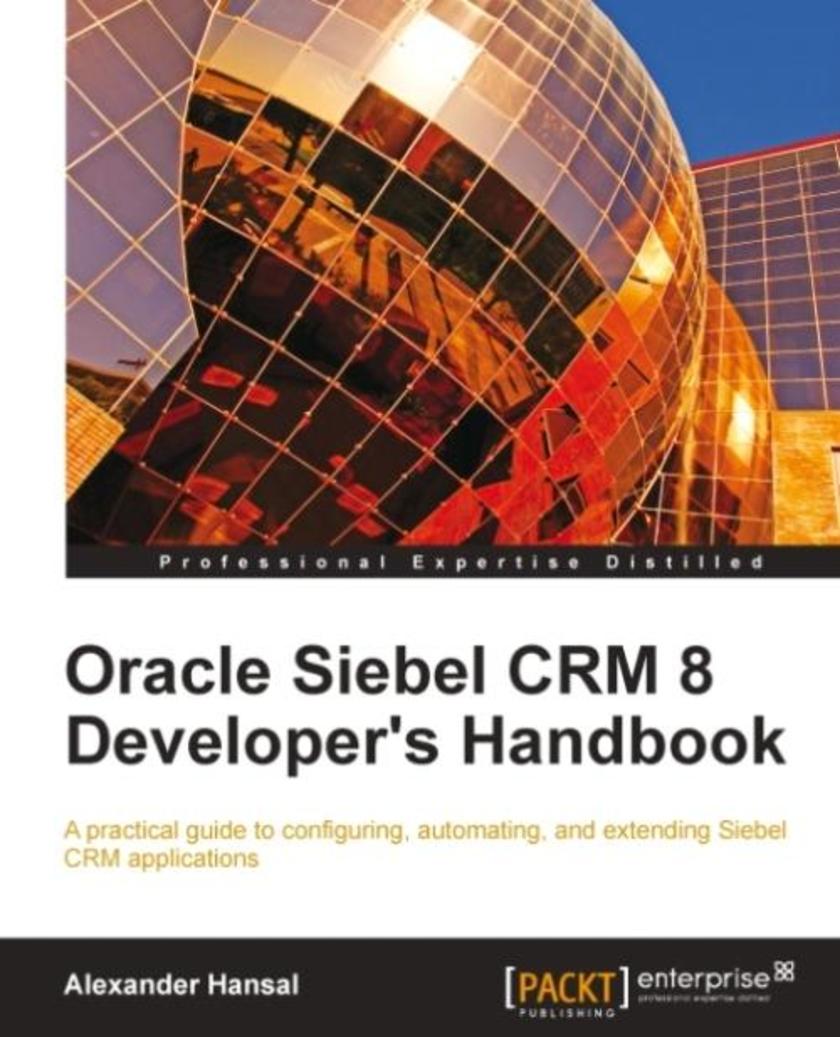
Oracle Siebel CRM 8 Developer's Handbook
¥125.34
This book uses a real-life case study to provide easy-to-follow examples that are radically practical and can be easily adapted to similar situations in Siebel CRM implementation projects. The book ensures that you know what you are doing and why you are doing it by providing useful insight along with detailed practical instructions. It contains a multitude of explanatory tables, screenshots, and precise diagrams to illustrate the topics. When you have finished the book you will feel prepared to participate in Siebel CRM implementation projects. In addition you will be able to teach the "old dogs" some new tricks. This book is written for developers who want to develop their Siebel Tools skill set. While the book is intended for beginners, even experienced developers will benefit from the topics presented in this book. Preliminary exposure to or training on technical Siebel topics would be beneficial but is not mandatory before you start reading this book.
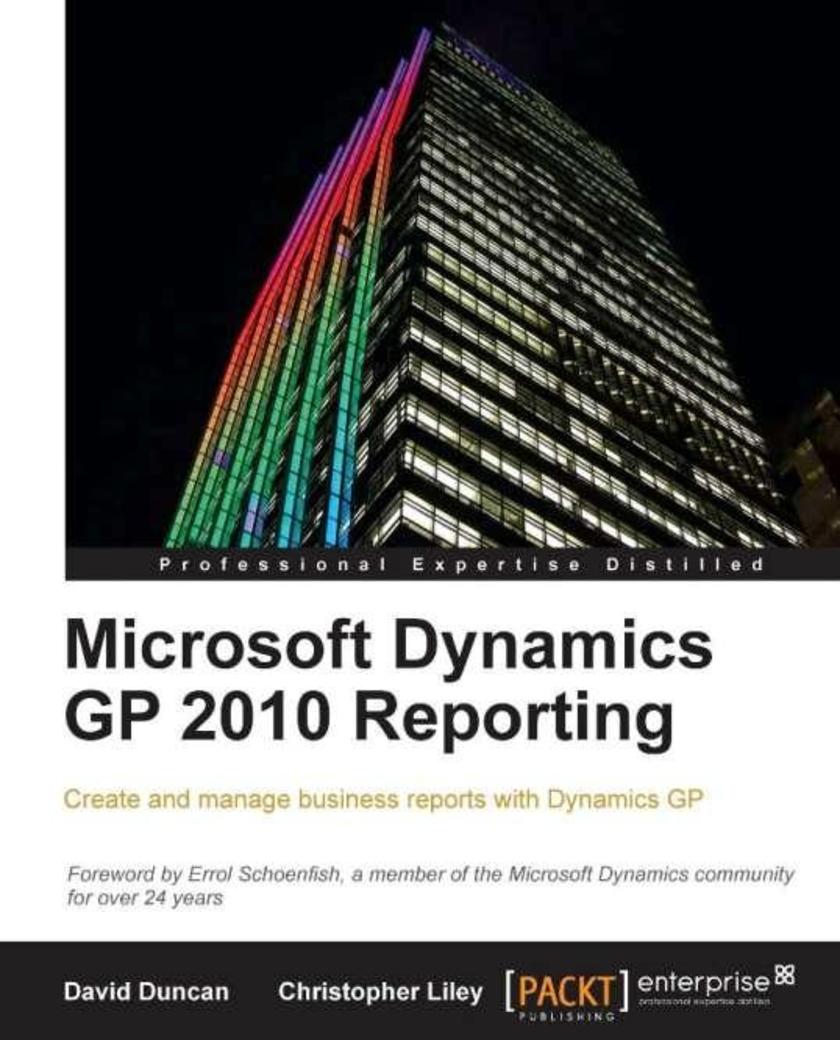
Microsoft Dynamics GP 2010 Reporting
¥107.90
Part tutorial, part reference guide, this book will show you how to create and manage reports as well as identify the most appropriate reporting tool for any reporting challenge. In addition, you will learn universal topics such as how to locate data for any given report. Although some of the reporting tools addressed in this book are exclusive to Dynamics GP 2010, many of the topics discussed also apply to older versions of GP. If you are a Microsoft Dynamics GP developer, consultant, or power user who wants to create and manage reports, then this book is for you. A working knowledge of Microsoft Dynamics GP is required. A basic understanding of business management systems and reporting applications such as Microsoft Excel and SQL Reporting Services is highly recommended.
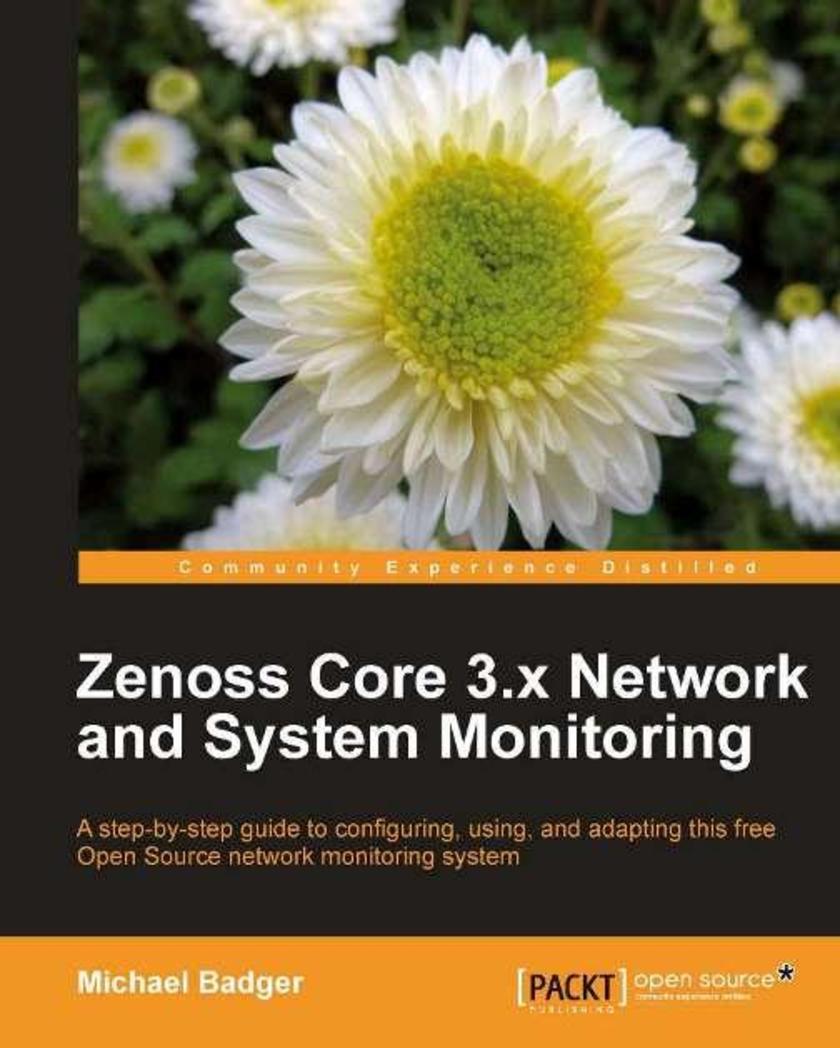
Zenoss Core 3.x Network and System Monitoring
¥90.46
The book starts by covering installation and configuration, before moving on to administration and dashboard usage. It contains step-by-step instructions for setting up and using a working, capable Zenoss system. This book is written primarily for network and systems administrators who are monitoring their IT assets with Zenoss Core or who plan to monitor them. In reality, this book will benefit anyone, regardless of job title, who recognizes the importance of proactively monitoring the servers, routers, computers, websites, and devices that connect companies to customers.




 购物车
购物车 个人中心
个人中心



